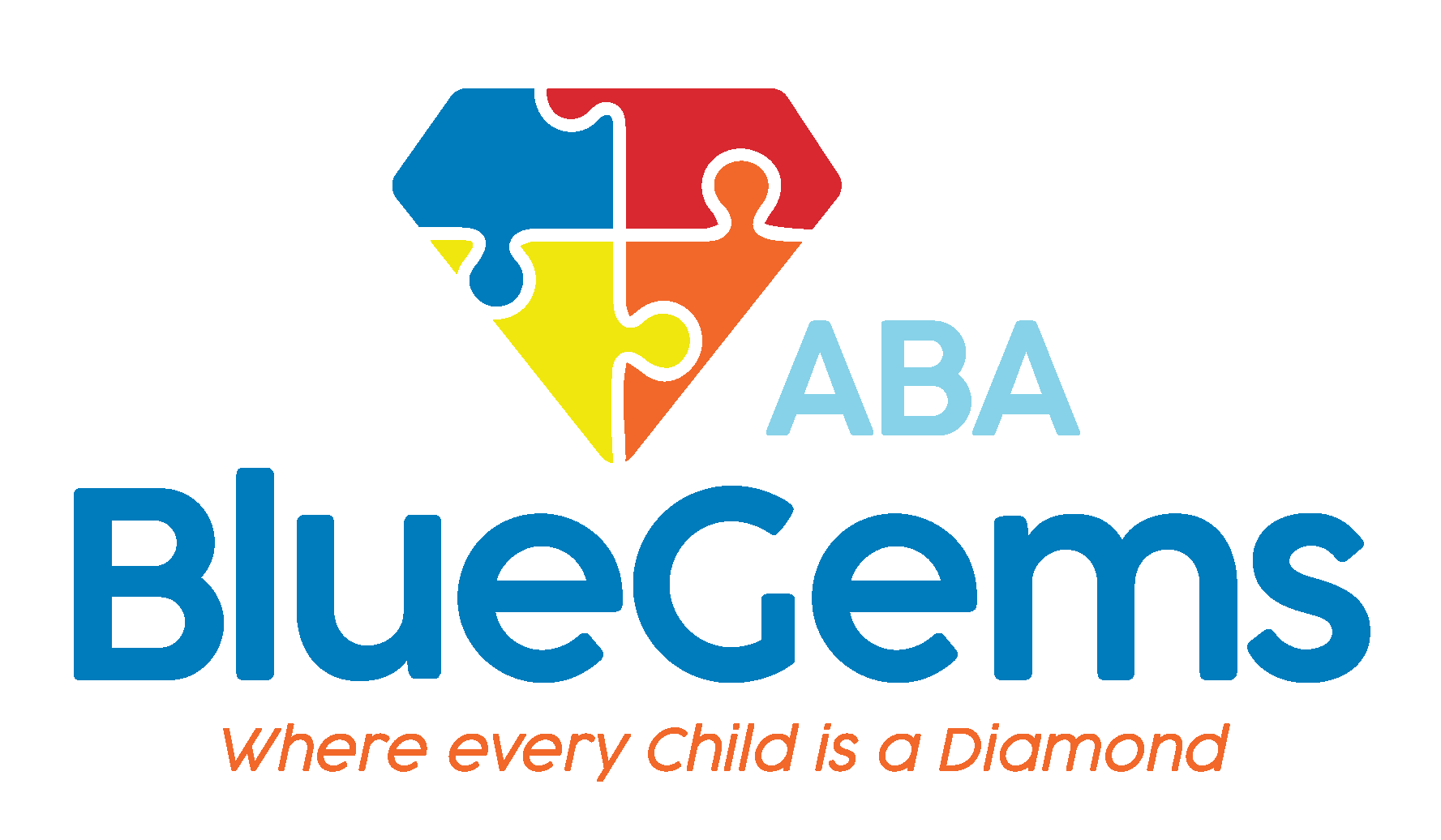Using ABA Techniques to Teach Communication Skills
Applied Behavior Analysis (ABA) is a scientifically validated approach to therapy that has been shown to be effective in teaching a wide range of skills, including communication skills. Using ABA techniques to teach communication skills are extremely important. Communication is a critical skill that helps individuals to express themselves, understand others, and form relationships.
Here we will explore how ABA techniques can be used to teach communication skills.
Breaking Down Communication into Its Component Parts:
Effective communication involves a wide range of skills, including language, nonverbal communication, listening, and social interaction. One of the key strengths of ABA is its ability to break down complex skills into smaller, more manageable parts. ABA therapists can use this approach to identify the specific communication skills that an individual needs to learn, and then develop a step-by-step plan to teach those skills.
Reinforcing Communication:
In ABA therapy, positive reinforcement is used to increase the frequency of desired behaviors. When it comes to communication skills, therapists can use a variety of positive reinforcement techniques to encourage individuals to use their skills more frequently. This might involve providing verbal praise, offering tangible rewards, or using social reinforcement such as a high-five or a smile.
Prompting and Shaping:
Prompting and shaping are two techniques that are commonly used in ABA therapy to teach new skills. Prompting involves giving an individual a cue or reminder to perform a particular behavior. For example, a therapist might prompt a child to say “please” when requesting something. Shaping involves gradually refining a behavior until it meets a specific goal. For example, a therapist might shape a child’s speech sounds until they are able to say a particular word correctly.
Generalization:
Generalization refers to the ability to apply skills learned in one context to other contexts. This is a critical component of ABA therapy, as it helps individuals to use their communication skills in a wide range of situations. ABA therapists can help individuals to generalize their communication skills by teaching them to use those skills in different settings and with different people.
Incorporating Social Interaction:
Effective communication is not just about language and nonverbal cues; it also involves social interaction. ABA therapists can use social interaction strategies to teach individuals how to engage in conversation, take turns, and respond appropriately to social cues. For example, a therapist might use role-playing activities to help an individual practice social interaction skills in a safe and supportive environment.
In conclusion, ABA techniques can be highly effective in teaching communication skills.
Check out this great article written by Child Mind Institute – Helping Kids With Autism Build Communication Skills.
By breaking down communication into its component parts, reinforcing communication, using prompting and shaping, promoting generalization, and incorporating social interaction, ABA therapists can help individuals to develop the communication skills they need to thrive in social settings.
For more techniques and skills, please contact our office to speak with a experienced Behavior Analyst.




